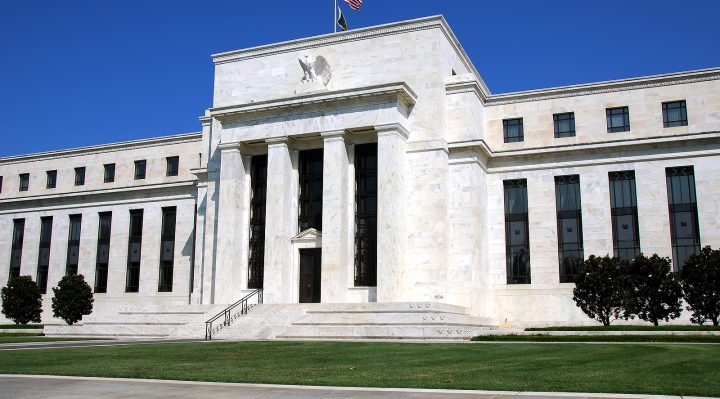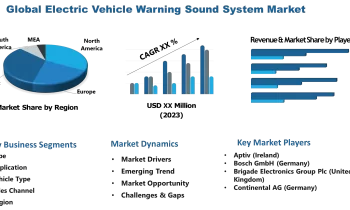The COVID-19 pandemic and its impact on the economic environment globally and in the United States specifically has led to a raft of novel policy ideas to try to both preserve and stimulate the economy as the novel coronavirus event gives way to a return to normalcy.

But a return to normal is not in the cards anytime soon as far as financial regulation is concerned.
Not only is the Fed signaling a shift towards even more aggressive actions, but also it is entrenching itself for the long haul to make sure its policies are equipped to mediate this 2020 crisis in 2021 and beyond.
The weapons in the bureau’s arsenal include interest rate freezes – and even possible further lowering of said rates – as well as a marked focus on lending and credit in or to promote job growth and economic recovery.
Frozen Interest Rates
One of the biggest tools in the Fed’s arsenal for combating an economic downturn is its ability to set interest rates. While rates are already at historical lows, the Federal Reserve has indicated a willingness to drop them even further.
Chair of the Federal Reserve Jerome H. Powell said, “Our revised statement emphasizes that maximum employment is a broad-based and inclusive goal. This change reflects our appreciation for the benefits of a strong labor market, particularly for many in low- and moderate-income communities.”
Of course, one of the primary concerns for investors and savers is that the US could start to approach negative interest rate territory. Some even argue that we are effectively already in a state of negative interest rates due to the impact of inflation on the value of a currency. That said, even Powell’s predecessor sees the need for broadminded and “innovative” action in times like the current crisis.
Of the Fed’s actions, former Chair Janet L. Yellen said, “It seems like a pretty subtle shift to most normal human beings…[but] most of the Fed’s history has revolved around keeping inflation under control. This really does reflect a decisive recognition that we’re in a very different environment.”
Mortgages Cheaper Now Than Ever Before
One positive effect of all of this is that homes are now cheaper for the consumer than ever before. Given the uncertainties around the broader economy, however, it’s still a question of who will be able to take advantage of this unique period in finance. Even so, with some markets seeing marked increases in housing inventory as more homeowners put their property on the market, the Federal Reserve’s actions could be seen as having a stabilizing or ameliorating effect on what could be a massive drop in activity in some markets.
“Sustainably achieving maximum employment and price stability depends on a stable financial system. Therefore, the committee’s policy decisions reflect its longer-run goals, its medium-term outlook, and its assessments of the balance of risks, including risks to the financial system that could impede the attainment of the committee’s goals,” a Federal Reserve statement reads in part.
Propping up the housing market might be an intended benefit of the Federal Reserve’s policies, but it isn’t the only one. A certain hint of optimism underlines most of the Fed’s moves with regards to interest rates and this is namely tied to the belief that the economy will gradually pick up steam as the novel coronavirus pandemic recedes. This is based upon a primary assumption, backed up by hard evidence, that the core economy prior to the pandemic was sound and in good condition. Whether or not that is actually the case will probably require some more time and analysis, but time is not on the Fed’s side in this crisis thus the need for prompt, novel action becomes even more apparent.
Inflation Fears Linger
Another, and perhaps more unintended, consequences of the Fed’s monetary actions is that inflation worries are also on the rise. An increase in the prices of basic goods at a time when most Americans are out of work or facing job uncertainty does not bode well for a speedy economic recovery. If anything, it could hamper it. Needless to say, Chairman Powell is well aware of this.
“We are certainly mindful that higher prices for essential items, such as food, gasoline, and shelter, add to the burdens faced by many families, especially those struggling with lost jobs and incomes. However, inflation that is persistently too low can pose serious risks to the economy.”
Yet the lowering of interest rates, by necessity, incentivizes spending money as it becomes more costly to hold in secure investments like savings and certificates of deposit. As more people liquidate their savings, whether to invest in securities or to purchase goods, more money enters into the system thus driving up prices as a result. This complex balancing act, one that the Fed has aimed at achieving in order to shepherd the economy back towards growth, is not only a test of monetary policy but also of consumer resolve and sentiment.
How the Plan Will Stimulate Job Growth
Testing consumer resolve and sentiment necessarily mean the extent to which consumers are willing to spend and engage in the economy now even when things are very much undecided. If the Fed can get consumers to spend money, this will create a demand for economic activity that, in turn, could stimulate job growth and business expansion.
“If inflation expectations fall below our 2 percent objective, interest rates would decline in tandem. In turn, we would have less scope to cut interest rates to boost employment during an economic downturn,” Powell added.
But, as the astute observer will note, getting consumers and the rest of the economic food chain to go along with this plan is often more rooted in on-the-ground realities than in theory. While, in theory, spending more cash should increase the relative “heat” in the economic sphere, a sudden, catastrophic event that undermines confidence in the economy could quickly erase all of these gains.



